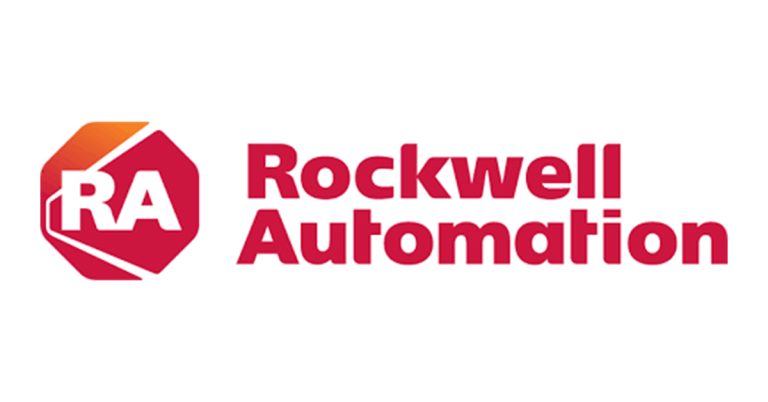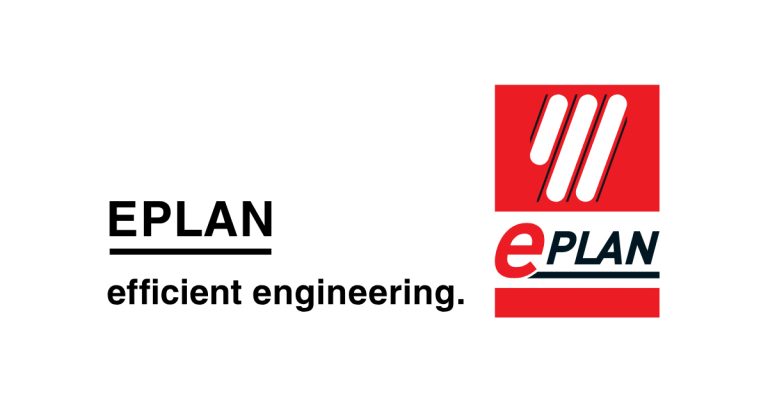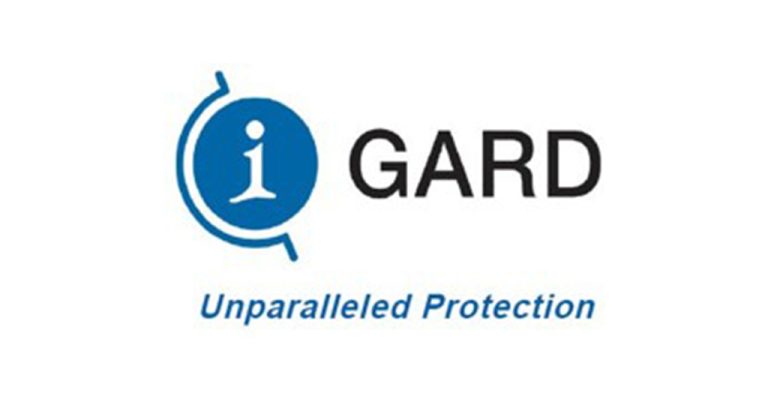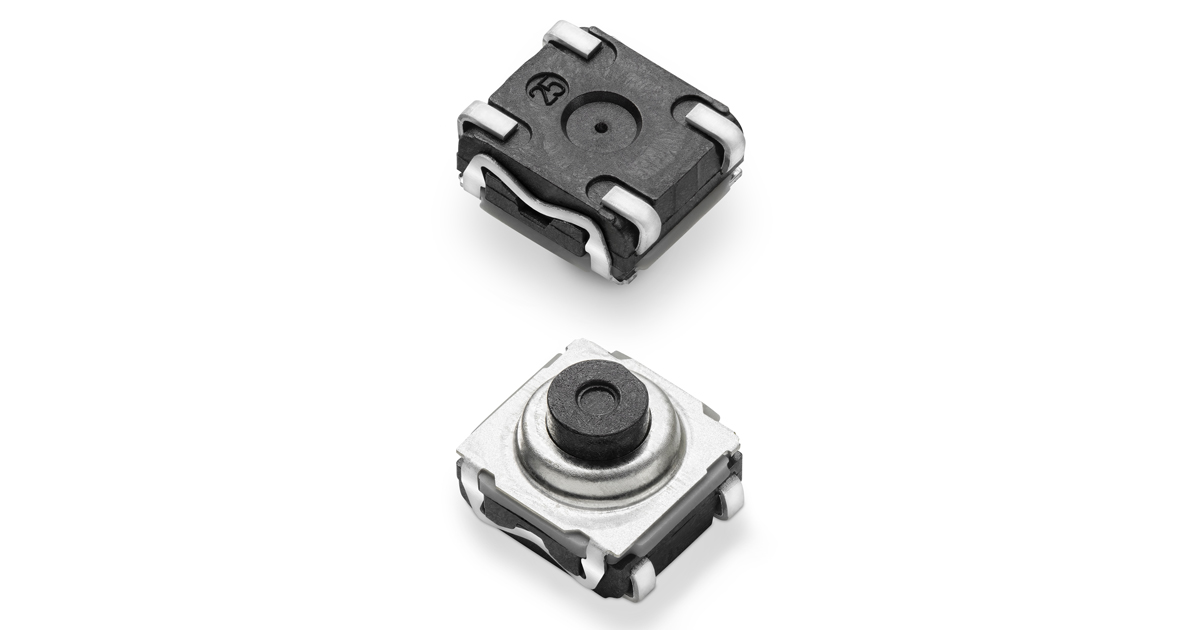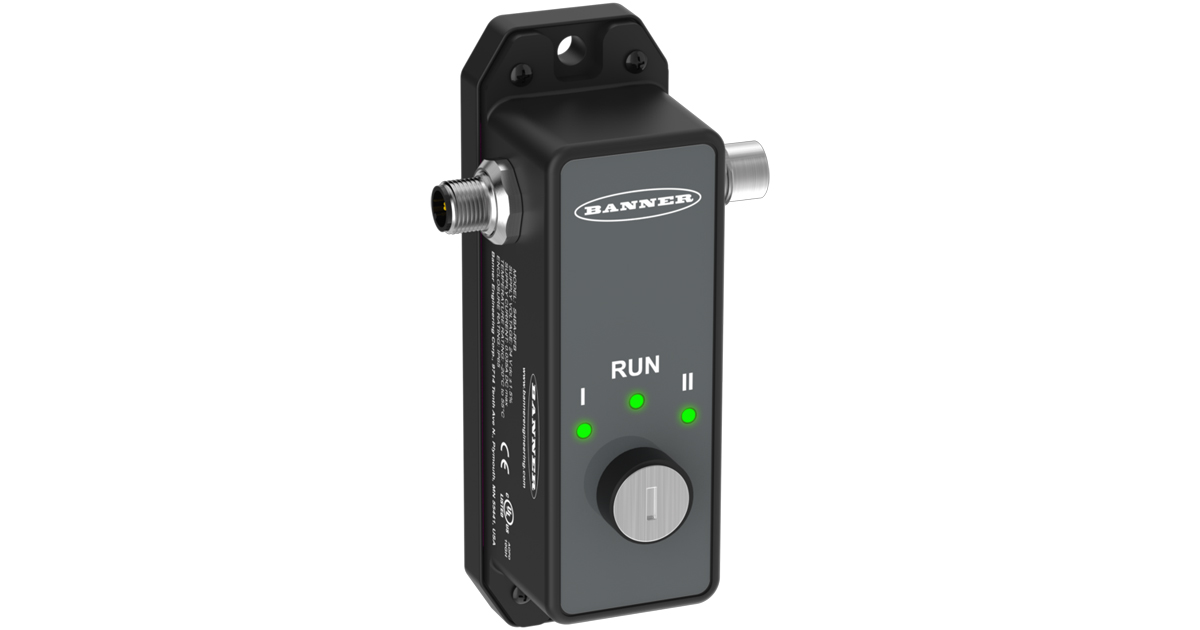Getting Projects Started Faster and More Efficiently with an Expert System
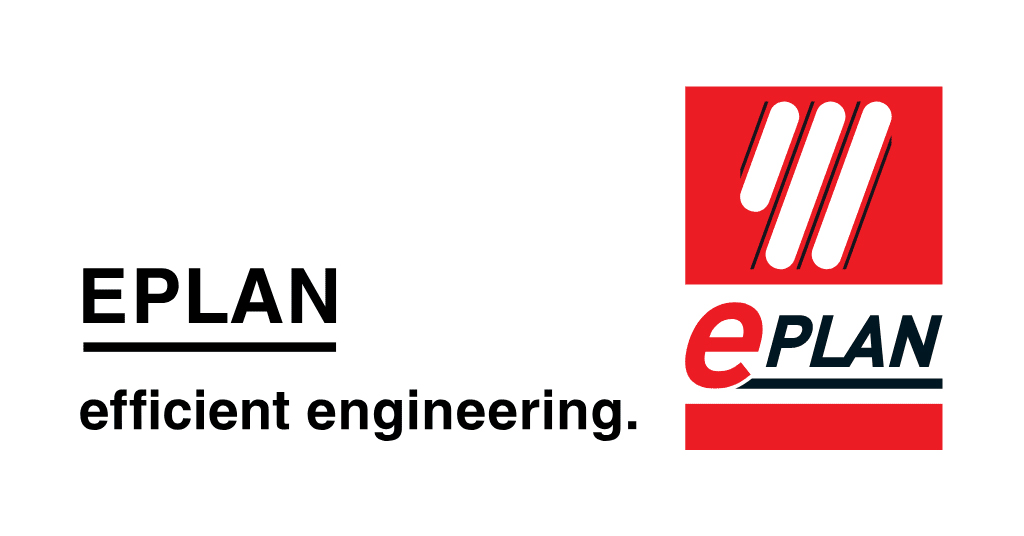
April 17, 2023
The EPLAN Platform is an expert engineering system with its support of worldwide norms, standards and working methods across a wide variety of industries and sectors. Even though the requirements for using the software are appropriately extensive, working with the software is made easy for users despite the complexity. The EPLAN Engineering Standard comes with templates and best-practice examples that support users from the get-go. The downloads come with much more than just actual project templates, as many examples are illustrated with videos. There’s also a brand-new building automation project being presented at the Hannover Messe, which expands on existing industry examples in machine building and the energy sector.
With the EPLAN Engineering Standard, new and seasoned user alike can access example data and templates that facilitate using standards in projects. These include guidelines for correctly installing the EPLAN Platform, standardised basic templates and macro project templates, project planning and design templates for typical tasks using EPLAN, and sector-specific best practices.
Head of EPLAN Engineering Standard Tom Wolff says, “With the EPLAN Engineering Standard, we give our customers practical assistance based on standardised data and processes so that working with the software is very efficient. Project planning is enormously simplified for our users from the get-go with these services.” This applies to both newcomers and experienced users, as they can set up and use the software more efficiently and also receive assistance when utilising less commonly used features.
Practical templates for electrical engineering
Standardised working methods are particularly efficient if they’re considered from the very start and run through all project planning use cases – including correct installation. For instance, the Guided Installation is a fully developed manual that also takes into account standardised configurations for getting started with the platform. All of it is also illustrated with how-to videos at appropriate points and is centrally available online.
Once the software is installed, users can directly start creating their own schematics according to current norms and standards. In this area, the software supports both the European IEC Standard as well as the NFPA norm for the North American market. Differences between the two can include the pre-set unit of measurement: millimetres or inches. The templates are provided with predefined structural indicators, evaluations and settings based on IEC 81346, making creating new projects much easier and more efficient.
Industry examples expanded to include building automation
Included in the practical examples are what EPLAN calls Industry Samples for mechanical engineering, the energy sector and building automation, which were conceived in consultation with clients. A stacking unit is the practical example for mechanical engineering, which includes the electrical engineering planning, PLC technology and the digital twin of the control cabinet in 3D. For the power sector, there’s a wall box project addressing charging infrastructure. An industrial example for medium-voltage systems is also in the works and is expected to be available in fall.
A macro project for building automation will be made available for the first time at the Hannover Messe. Anyone who has little experience to date with heating, ventilation and air conditioning (HVAC) will get a complete project for an HVAC ventilation system. It includes fully-fledged project data: the preplanning based on EPLAN Preplanning, project schematics in EPLAN Electric P8, the matching 3D control cabinet layout in Pro Panel, and the corresponding support for standardisation. This has already taken into account the current version of the Association of German Engineer’s VDI 3814 norm. Anyone needing further support can take advantage of the services from EPLAN Consulting, which offers a workshop on the topic of building automation.


EPLAN Data Standard ensures data quality
There are also standards for device macros of safety devices and PLC components from the EPLAN Data Portal among the templates found in the EPLAN Engineering Standard – along with partial circuits with specific examples of circuits and functional sequences. Everything is ready to use – ensuring a quick start to using the software. A complete basic project can be found in the download area that includes labelling conventions and graphical representations within the schematics.
Component data for the more than 20 practical examples uploaded to date has been largely integrated based on the solid foundation of the EPLAN Data Standard. Control cabinets and accessories from Rittal are completely integrated according to this standard, and this high-quality data ensures projects run smoothly. With the digital pocket for schematics, the Rittal ePocket, the machine and plant system documentation is always up to date and available to everyone who needs it. Furthermore, projects can be shared and collectively worked on and edited via eManage in the EPLAN Cloud.

https://www.eplanusa.com/company/news/getting-projects-started-faster-and-more-efficiently/


